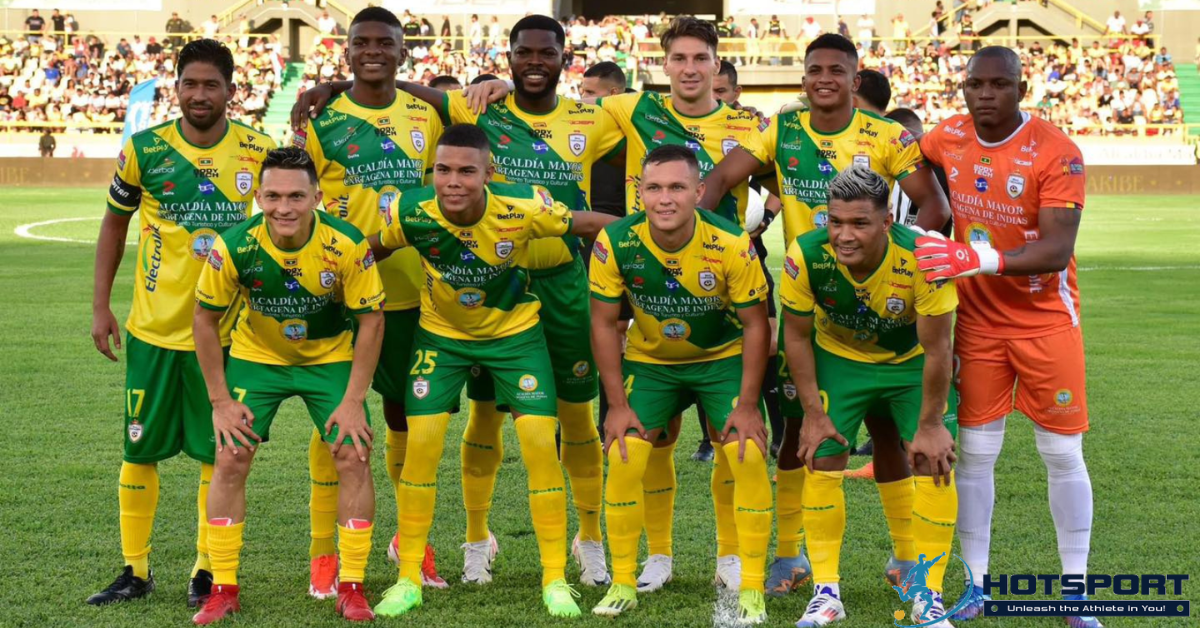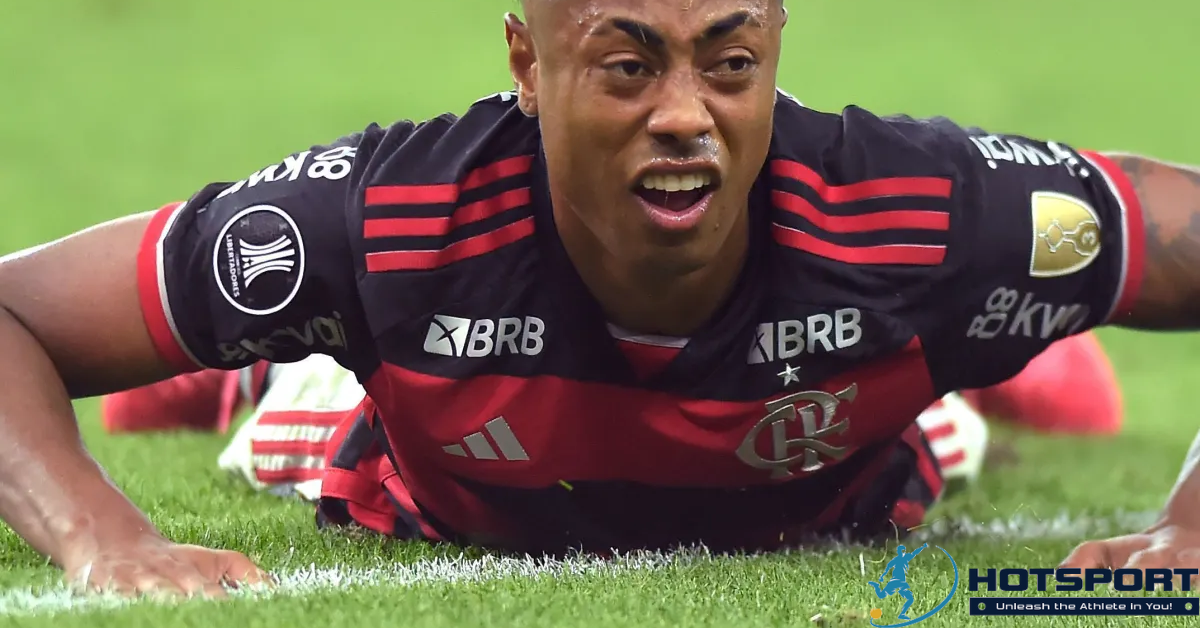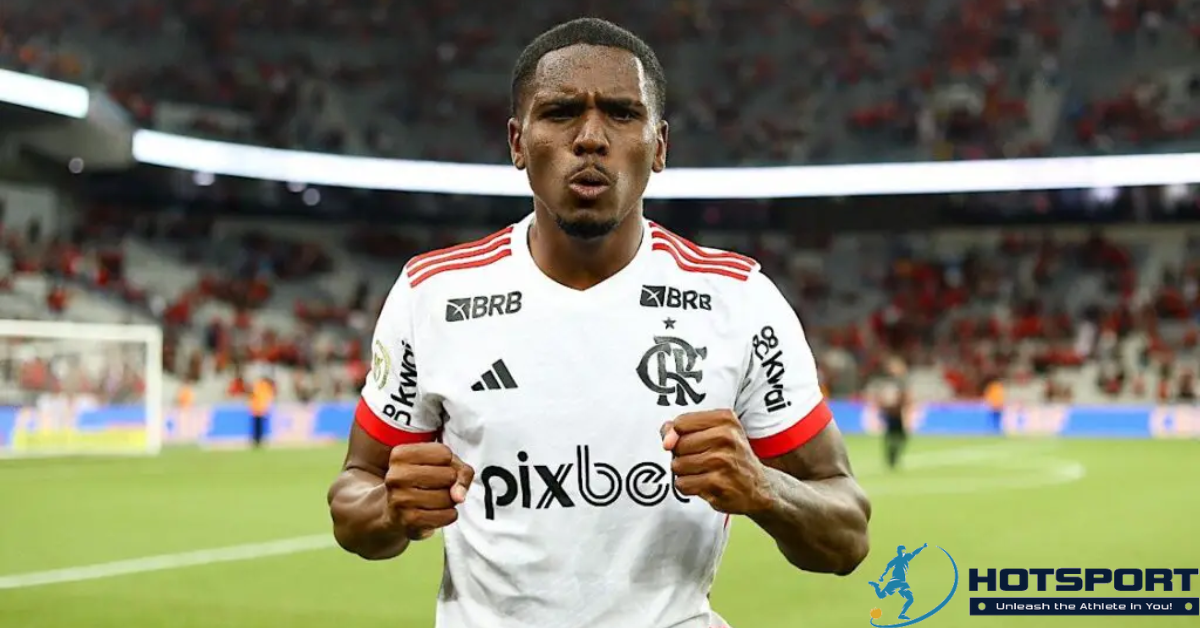Real Cartagena in Categoria Primera B: A Story of Passion and Resilience
Real Cartagena is one of the most iconic clubs in Colombian football, with a history marked by moments of glory, challenges, and a deep connection with the city of Cartagena de Indias. Currently competing in the Categoria Primera B, Colombia’s second division, the club carries a rich legacy and a passionate fanbase dreaming of a return to the top tier of Colombian football. This article explores Real Cartagena’s journey, from its origins to the present day, highlighting its achievements, challenges, and cultural impact in the Bolívar region.
Origins of Real Cartagena
Foundation and Early Steps
Real Cartagena traces its roots to 1971, when Atlético Bucaramanga, facing financial difficulties, temporarily relocated its team to Cartagena, adopting the name Real Cartagena. The club’s official debut came on February 7, 1971, with a 1-0 victory over Once Caldas, marking the start of a new era for football in the city. Although this initial stint in the Primera A was brief, it laid the foundation for the club’s development.
Football in Bolívar dates back to 1940, with the establishment of the Bolívar Football League, driven by journalists like Cristian Andrés González and Ignacio Amador de la Peña. In 1962, young players from the region began organizing football, leading to Real Cartagena’s entry into the third tier of the local league under Jairo Acosta Cadena’s leadership. The name “Real” was chosen to reflect the pride and tradition of Cartagena, a city steeped in history and culture.
Entry into Primera C and the 1980s
After its initial professional venture, Real Cartagena faced financial struggles and competed in amateur tournaments in the Bolívar League. In the 1980s, the club partnered with Millonarios, serving as an academy for the Bogotá-based club in Cartagena. This collaboration brought visibility and experience but also challenges, as the club struggled to maintain its own identity.
In 1991, with the creation of the Categoria Primera C, Real Cartagena, then called Atlético Cartagena, joined the new third-division competition. The team had a remarkable campaign, reaching the national final but finishing third, missing out on promotion to the Primera B. This period was crucial for building the club’s foundation and setting the stage for future success.
Rise to Primera B and Achievements
The 1999 Title and Return to Primera A
The late 1990s marked a turning point for Real Cartagena. With financial backing from América de Cali, the club strengthened and won the Categoria Primera B title in 1999, securing a return to the Primera A. This victory was a milestone, showcasing the club’s ability to compete at a high level and reigniting the passion of Cartagena’s fans.
Between 2000 and 2002, Real Cartagena competed in the Primera A, facing Colombia’s top clubs. During this time, legendary players like René Higuita, Roberto Cabañas, and Iván René Valenciano donned the club’s jersey, even late in their careers. Despite moments of brilliance, the club was relegated in 2002 after finishing level on points with Atlético Huila but with a worse goal difference.
The 2004 Primera B Title
After relegation, Real Cartagena returned to the Primera B in 2003 but failed to qualify for the semifinal quadrangulars. However, in 2004, the club wrote another glorious chapter in its history. Under pressure, Real Cartagena won the final quadrangular against Cúcuta Deportivo, Alianza Petrolera, and Valledupar F.C., and defeated Deportivo Antioquia in the grand final, claiming the Primera B title and promotion to the Primera A. This achievement made Real Cartagena the first club to earn promotion twice since the Primera B’s creation in 1991.
The Historic 2005 Campaign
Back in the Primera A in 2005, Real Cartagena delivered its best-ever performance in the top flight. In the Finalización tournament, the club finished among the top eight and advanced to the semifinal quadrangulars, facing Santa Fe, Independiente Medellín, and Deportivo Pereira. A decisive 4-0 victory over Santa Fe in the final round secured the group lead and a spot in the tournament final against Deportivo Cali. Despite losing both legs of the final, Real Cartagena finished as runners-up, with striker Jamerson Rentería sharing the tournament’s top scorer title with 12 goals. The team’s home strength, with 11 wins in 13 matches, was key to this success.
Challenges and Relegations
The Post-2005 Decline
After the 2005 campaign, Real Cartagena struggled to maintain its level of performance. In 2007, the club was relegated to the Primera B again, following a season marked by administrative instability and inconsistent results. However, the club’s resilience shone through in 2008, when it won another Primera B title, defeating Deportivo Rionegro in the final and returning to the Primera A.
The 2012 Relegation and Recent Years
The year 2012 was particularly challenging. Under coaches like Mario Vanemerak, Germán “Basílico” González, and Hubert Bodhert, Real Cartagena struggled with a squad that failed to adapt to the proposed playing style. A lack of support for local players, known as “pura sangre,” and administrative issues contributed to relegation to the Primera B. Since then, the club has fought to return to the top flight, experiencing ups and downs in the second division.
In 2023, Real Cartagena had a solid Primera B campaign, finishing fourth with an average of 1.41 points per game. However, the team fell short of promotion, ending the season with a three-match winless streak. In 2024, the club continued its fight, finishing eighth in the Apertura tournament and showing flashes of brilliance, such as a 3-0 win over Barranquilla in May 2025.
The Culture of Real Cartagena
The Jaime Morón León Stadium
The Jaime Morón León Olympic Stadium, with a capacity of 17,000, is Real Cartagena’s home and a symbol of the city’s footballing passion. Named after a legendary local player, the stadium hosts thrilling moments and a fanbase that never abandons the team, even in tough times. The vibrant atmosphere in the stands reflects Cartagena’s pride and the club’s connection with the community.
The Fanbase and Local Identity
Real Cartagena’s fans are known for their loyalty and passion. Even in challenging years, they fill the Jaime Morón León Stadium, singing and supporting the team. The club embodies Cartagena’s identity, a city defined by history, culture, and resilience. The yellow and green colors of the team’s kit symbolize the energy and hope of a people dreaming of a return to the Primera A.
Iconic Players
Throughout its history, Real Cartagena has been home to players who left their mark. In addition to icons like René Higuita and Iván René Valenciano, local talents like Jamerson Rentería and, more recently, Fredy Montero, who scored in a 1-0 win against Internacional FC in 2025, have been vital to the club. These players represent the blend of local talent and experience that defines Real Cartagena.
Current Challenges and Future Prospects
The Fight for Promotion in 2025
In 2025, Real Cartagena continues its quest for promotion to the Primera A. Under coach Sebastián Viera, the club started the season strongly, earning 6 points in its first three matches. However, the Primera B’s unpredictability, with issues like communication failures and scheduling conflicts—such as the postponement of a match against Real Soacha due to the unavailability of the Techo Stadium—reflects the chaotic nature of the second division. These challenges test Real Cartagena’s determination to succeed.
The fanbase remains hopeful, fueled by key victories like a 3-0 win over Deportes Quindío, with goals from Diego Osío, Mateo Castillo, and Jhon Valencia. The club is focused on ending its Primera B cycle and returning to the top flight, a goal that requires consistency, planning, and administrative support.
The Role of Management and the Community
Real Cartagena’s history is also marked by administrative challenges. Issues like mismanagement and a lack of support for local players have impacted performance at critical moments. To achieve success, the club must invest in professional management, nurture regional talent, and strengthen its ties with the community.
Cartagena’s rich history and culture provide Real Cartagena with a solid foundation to build a promising future. Youth academies and partnerships with local sponsors can help the club establish itself as a force in Colombian football.
Conclusion
Real Cartagena is more than a football club; it is a symbol of the resilience and passion of Cartagena de Indias. Since its founding, the club has faced highs and lows, winning titles, developing players, and rallying a loyal fanbase. Despite challenges in the Categoria Primera B, Real Cartagena continues to fight for a return to the Primera A, carrying the dreams of an entire city.
With unforgettable moments like the titles of 1999, 2004, and 2008, and the historic 2005 campaign, the club has the potential to return to the top. A combination of local talent, fan support, and effective management could lead Real Cartagena back to the elite of Colombian football. Until then, the fans will keep singing in the stands of the Jaime Morón León Stadium, believing that “it’s now or never” for the long-awaited promotion.



